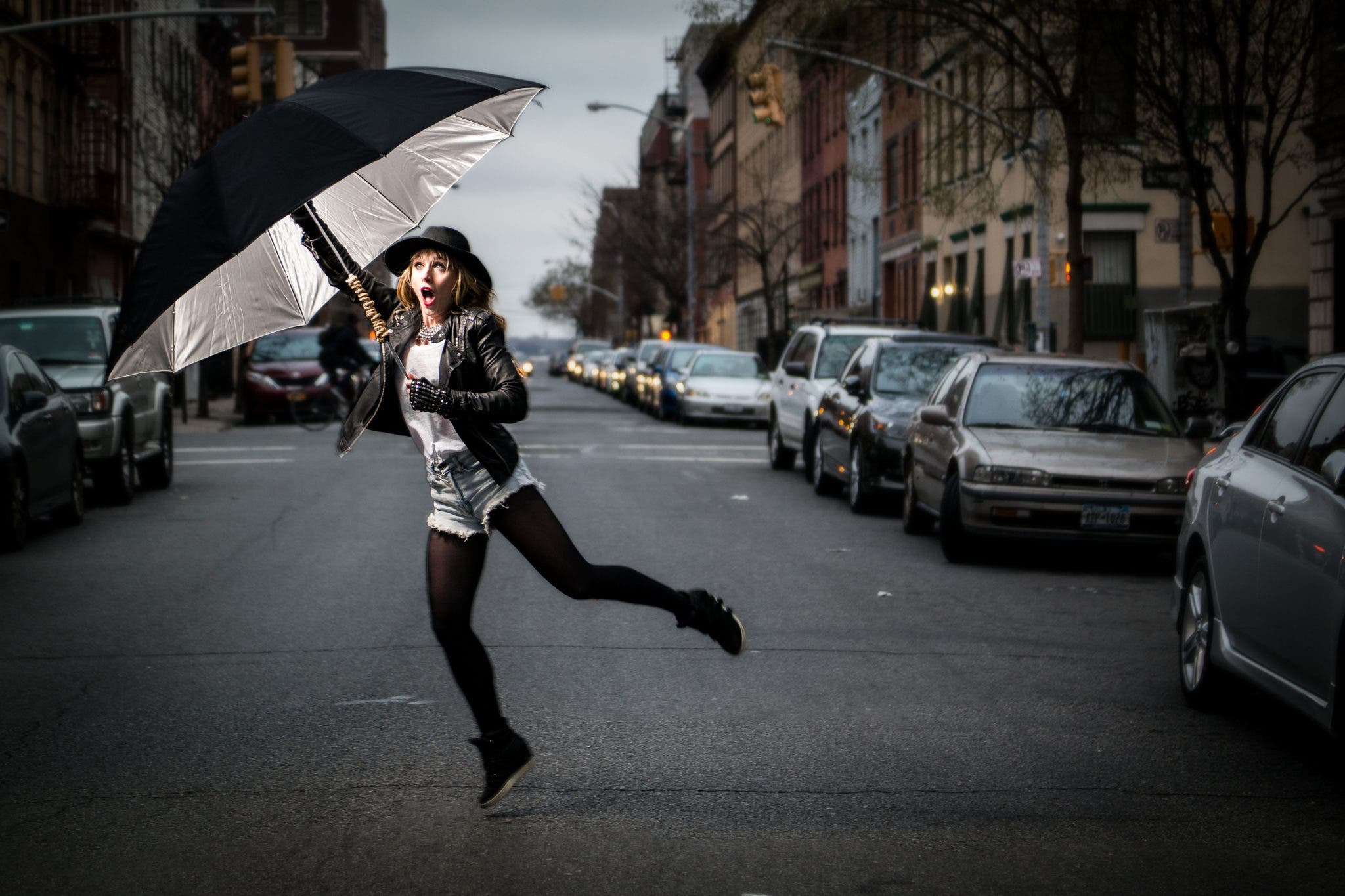The ISO level on your camera is a number that refers to the sensor’s sensitivity to a scene. It’s been standard for many years. But for the same amount of time, it’s also been misunderstood by many photographers. “I don’t need a flash, I’ll just crank the ISO up,” is an uneducated statement. That’s not how ISO works, and that’s not how flash works. So we’re going to talk about this a bit.
If you walk into a dark room and just crank up your ISO, it’s not going to make the room brighter. The only way to make the room brighter is to add more light. And how you place the light can affect the scene.
Raising your ISO doesn’t change the lighting. It simply makes your camera more sensitive to the lack of light in the scene. High ISO is best to use in situations where you can get a handheld shutter speed and stop motion of some sort. It’s great for sports and night photography. However, if you’re photographing a party at night or in a dark location, you need to have some sort of light source.
So, you truly do need a flash. A flash is far more respectful to your subjects than shining a bright LED in their face each and every time.

Can you settle for an LED or constant light? Sure, I guess. But they’re weak at their affordable price points. Even at midrange price points, an LED and constant lighting will not provide the pure power a flash or strobe can. Consider this: cinema is often shot at 1/48th of a second at 24p. Then they tend to keep the ISO levels low and stop the aperture down to get subjects in focus. After that, they need massive and powerful LED panels to create certain looks.
Can you afford massive LED panels from companies like ARRI?
Here’s the bigger point though: raising your camera’s ISO won’t make it brighter. The light levels in the scene will be unchanged. For it to become brighter, you have to manipulate the lighting by adding flash.
This means you have to envision how the light looks. Here’s where your artistic side and technical side should have a conversation with one another.
And yes, this is a call for photographers to get out there and learn how to use lights. Start off by going into a dark room and killing any light source. Then, add one light at a time. When you start doing this, you’ll slowly achieve the scene you want to photograph.
You should also check out the different ways that light modifiers can affect a scene. The larger the light source is in relation to your subject, the softer the light will typically be. If you use an umbrella, the output will differ from a softbox, which will also be different from an octabank and different from a straight LED panel.
Overall, a camera’s ISO will never replace the knowledge of how to effectively or creatively light someone. No amount of post-production will ever fix a photograph enough to mimic the look of standard lighting. So seriously, just learn to light.



Leave a Reply